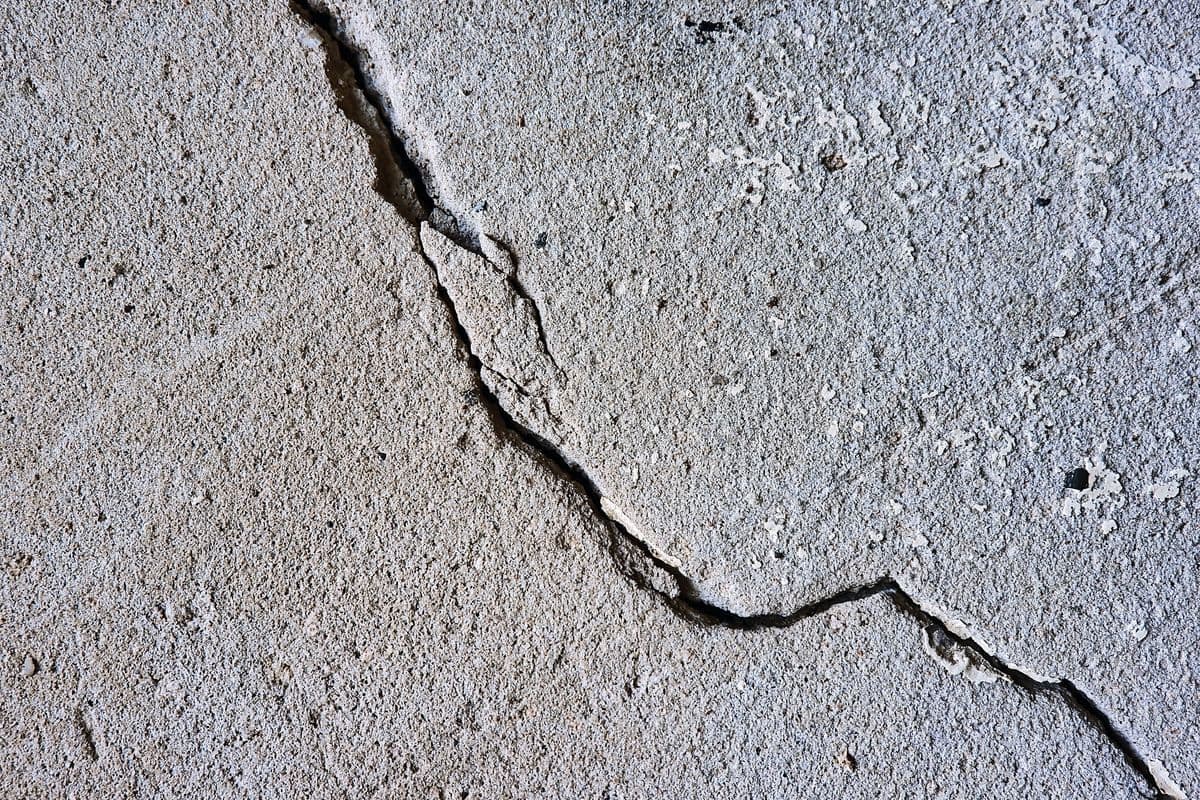
Japan has numerous earthquakes every year. The world will never forget the March 2011 Tohoku earthquake and tsunami where many people lost their houses and lives. In the 1995 Hanshin Awaji earthquake, 80% of people died due to building collapse. 1923’s Kanto earthquake resulted in 450,000 buildings burned that led to a fire whirlwind spread by houses so close in proximity. To avoid unexpected disaster, you should carefully choose the best place for your housing purchase. This article focuses on Tokyo’s most dangerous areas when an earthquake occurs.
Itabashi-ku(板橋区) and Nerima-ku(練馬区)are relatively safe areas because the ground is solid. The local government promotes citizens to prepare for earthquakes on a daily basis.
Because there are many dead-end roads in Itabashi-ku(板橋区), they pose a potential hazard to safe evacuation in the case of an emergency. To fix this issue, the local government made it possible for citizens to evacuate safely by going through neighbors’ yards with permission from the yard owners. Additionally, Nerima-ku(練馬区) has a relatively wide space between houses that prevents fires from spreading. Tama-shi(多摩市) in western Tokyo also has strong solid ground that is resistant to major earthquake symptoms.
The places that are most risky for building collapses are where the ground is less solid. This includes southern Adachi-ku(足立区), Arakawa-ku(荒川区), eastern Taito-ku(台東区), western Katsushika-ku(葛飾区), Sumida-ku(墨田区), northern Koto-ku(江東区), and western Edogawa-ku(江戸川区). You need to be careful about fires after a subsided earthquake ends. The area along Arakawa is highly subjected to fire risks due to many old building structures composed of wood and very narrow roads. Because those areas were not destroyed in World War II, old-wooden buildings that easily collapse are still in existence. You need to make sure that properties Houses constructed after 1981 have a strong earthquake resistance because of the new 1981 Building Standard Act(建築基準法). Also, narrow streets inhibit fire truck engines from easily commuting through the road, which can cause the spread of fire to accelerate towards the adjacent buildings. Moreover, the increasing number of vacant houses are at risk of fire regardless of its age because no one is able to notice a fire until its too late. Thus, Adachi-ku (足立区) and Arakawa-ku (荒川区) are labeled as dangerous with high probability of fires and building collapses.
Tokyo's Most Dangerous Areas in an Earthquake

Image by Bureau of Urban Development Tokyo Metropolitan Government
Black: Danger of collapse
Red: Danger of fire
Orange: Difficult to evacuate/ rescue
If you live or are planning on buying a house in these areas, here is a tip to prevent a fire from occurring or spreading:
As soon as you feel the ground is shaking, extinguish the fire. But if the earthquake is very big, you should prioritize saving your life first. In this case, attempt to stop the fire after the shaking ceases. Moreover, if an earthquake occurs and the power goes off while you are using electronic devices, make sure to pull out the plug to avoid an electrical fire. Last but not least, the most important thing is to communicate with your neighbors as you need to cooperate with them to survive in a catastrophe.

Sekai Property Editorial Team
Bringing you the latest Japan Real Estate & Lifestyle News







